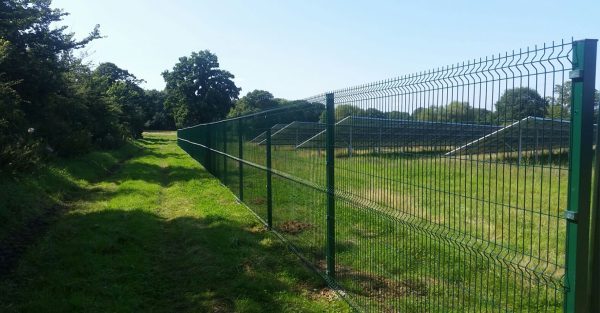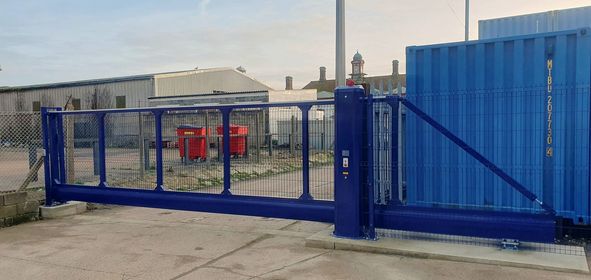Securing construction sites is important to protect valuable assets and reduce risks of unauthorised entry and theft. Homeowners put in place systems for home security, which include alarm systems and strong locks, but most businesses are not taking perimeter security seriously enough to counter potential threats.
Understanding the Need for Perimeter Security During Construction
It’s popular belief that construction sites are the most susceptible to robbers due to the openness in the structure and the expensive machinery on site. The measures of security at present are not at par with the level of requirement and thus are open to theft, vandalism, and illegal entry. Research shows that building sites have been a target for criminal activities in the past and that there is an urgency in improving the security measures to deal with this. The reports based on the 2022 Commercial Victimisation Survey further prove this point, showing that 9% of businesses were burglaries in that year alone, while 28% of all business premises had been victims of crime in the last 12 months.

Mitigating Risks with Perimeter Security Measures
Strong perimeter security measures should be effected to prevent any intrusion and secure assets. Fencing is the first line of defence acting both as a visual deterrent and a well-defined border. Therefore, strong investments in fencing solutions can greatly reduce the menace of uninvited entry to the premises and save valuable tools and supplies from both problems of theft and damage.
Enhancing Defense Strategies
The security defense mechanisms on the construction site can be further buttressed by modern security technologies such as motion sensors, surveillance cameras, and intrusion detection systems on top of the fencing. All these systems allow real-time surveillance and alarming, thus reducing any loss that might be involved in it and giving immediate response to breaches.
Challenges and Considerations
While perimeter security is a weighty consideration, potential pitfalls and drawbacks are important to take into account. Organisations do not wish to put in place settings such as fortresses, further alienating stakeholders or blocking workflow; therefore, it becomes essential to maintain the right proportion between security and accessibility. It also has to consider the possible dangers of a breach in relation to the expenses of putting in place the security measures.
Conclusion
In summary, priority needs to be given to construction sites’ perimeters, whether they are in the wilds of Afghanistan or across the street from a church. In the efforts to safeguard resources, the reduction of hazards and the provision of a safe working environment will have been guaranteed. A construction company can reduce risks and also protect against potential attacks if investments are made in security resilience and with a proactive attitude concerning security.

